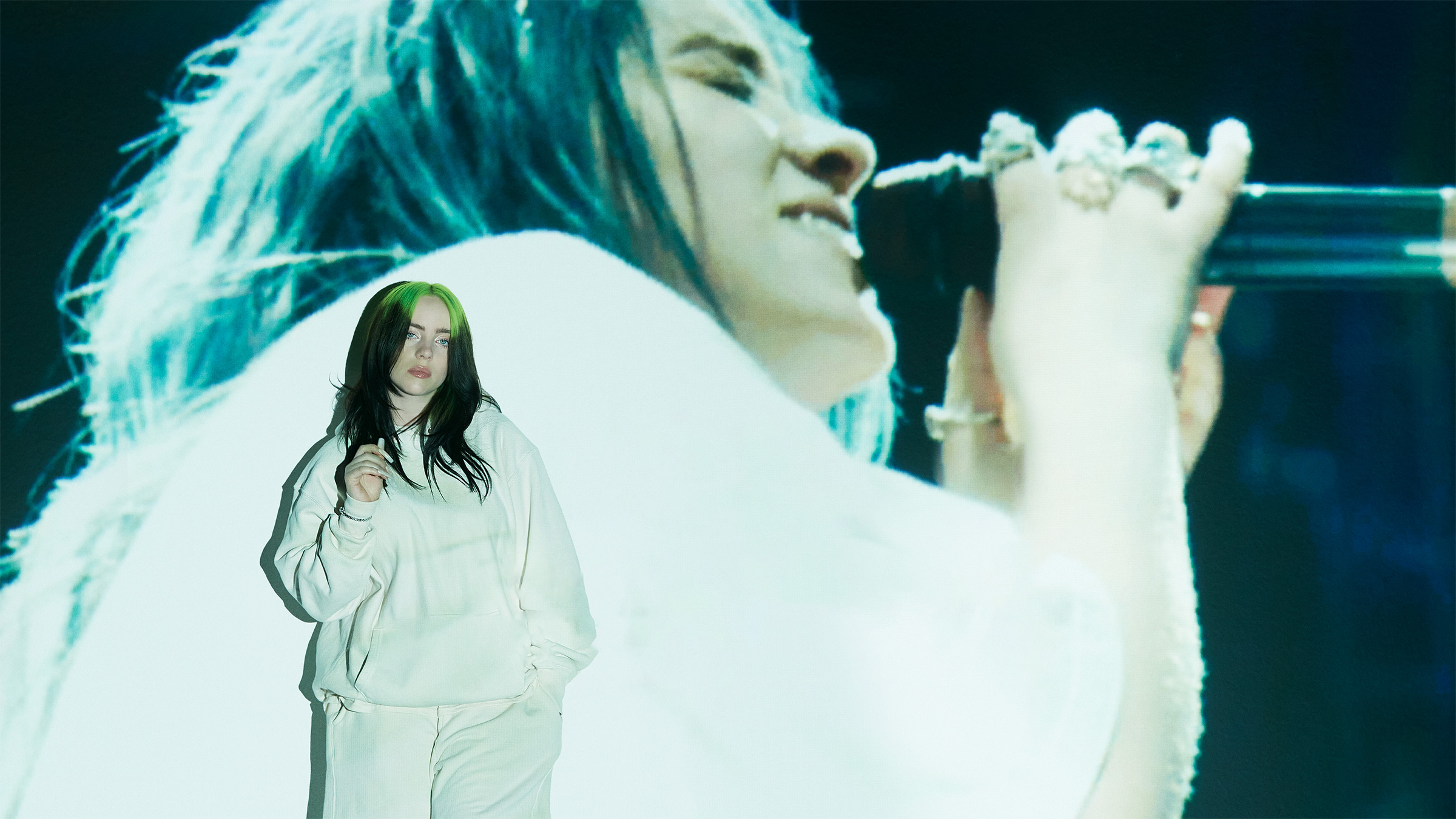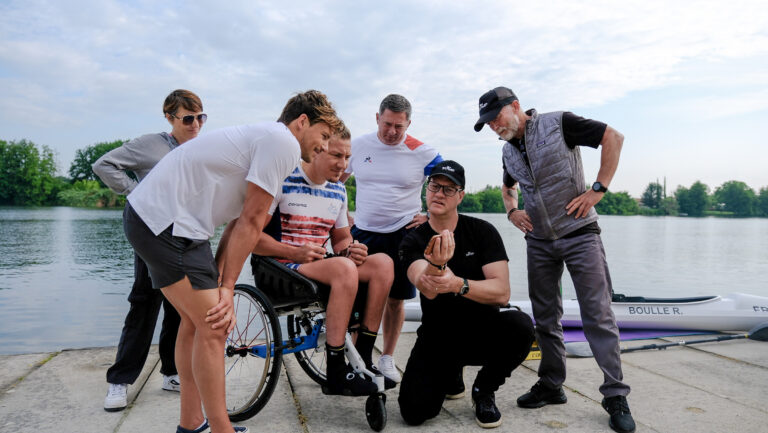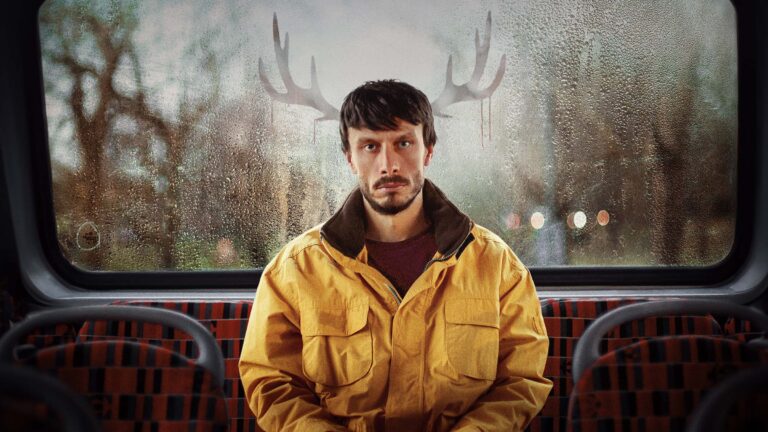Whether you listen to her music or not, Billie Eilish has a story worth telling.
You don’t go from an unknown 14-yr old uploading a song to SoundCloud to a globally recognized brand in the space of five years without a lot of life happening in between. And it’s this space that the documentary Billie Eilish: The World’s a Little Blurry attempts to capture.
So today we’re talking with Greg Finton, ACE and Lindsay Utz, ACE who were responsible for cutting a year’s worth of fly on the wall footage and archive material into the two hours and twenty minutes that’s now streaming on Apple TV+
Listen while you read…
HULLFISH: You guys have both done documentaries featuring or about celebrities. One about Taylor Swift and the other about Robin Williams. Did those play into you guys getting on this project? How do you think your names came to the attention of the producers?
FINTON: For myself, I’ve worked with RJ [Cutler] for probably twenty years. RJ was the guy who got me into it way back on American High, and RJ knows I’ve done a lot of stuff with music documentaries, and also with bigger name celebrities as well, that sort of played into it on my end.
UTZ: I met RJ a decade ago in New York. He had reached out to me after seeing American Factory because he was looking for a vérité editor for this Billie project. In fact, at the time, nobody knew that I had worked on the Taylor Swift project because it was such a top-secret project.
So RJ didn’t even know that I had done that when he hired me for Billie. In fact, I was very reluctant to do another female pop star because I didn’t want to suddenly be the editor who was working on female pop star documentaries. For me, it was sorta like, I don’t know, I wasn’t sure I wanted to do another one, but I looked at some of the material that he had shot, and I adore RJ and just felt like it was such a rich project and very different from the Taylor Swift ones. So I decided to come on board, but it wasn’t until the Taylor Swift project actually was announced that RJ knew I had worked on it.
HULLFISH: I love the beginning, and that’s really an important thing how you start a documentary and then there was an on-camera interview, which is, I think, the only one in the whole documentary. Correct? Tell me about constructing the beginning.
UTZ: You’re right. It is the only sort of on-camera interview like that in the whole film, and in fact, we didn’t have it in the film for a very long time. That was something we figured out towards the end of the process and honestly, in my experience, figuring out the top of the film is usually the last thing that happens because, at that point in the editing process, it’s just much clearer what you need in that first ten minutes to set up the film.
At this point, a year into the editing process. We’ve tried a thousand different things at the top of the film, and you get a sense of what you need, and what we were feeling was that the cold vérité open was something we all really loved and wanted because it sets up the language of the film. It creates an expectation for the audience that this is going to be an experience. This is going to be a ride that we take you on. You’re going to be immersed in her world.
It’s always important to set up the language of the film at the beginning so that the audience is prepared. It gives the audience permission to settle into their seats and take the time to just get in the zone of screening the film.
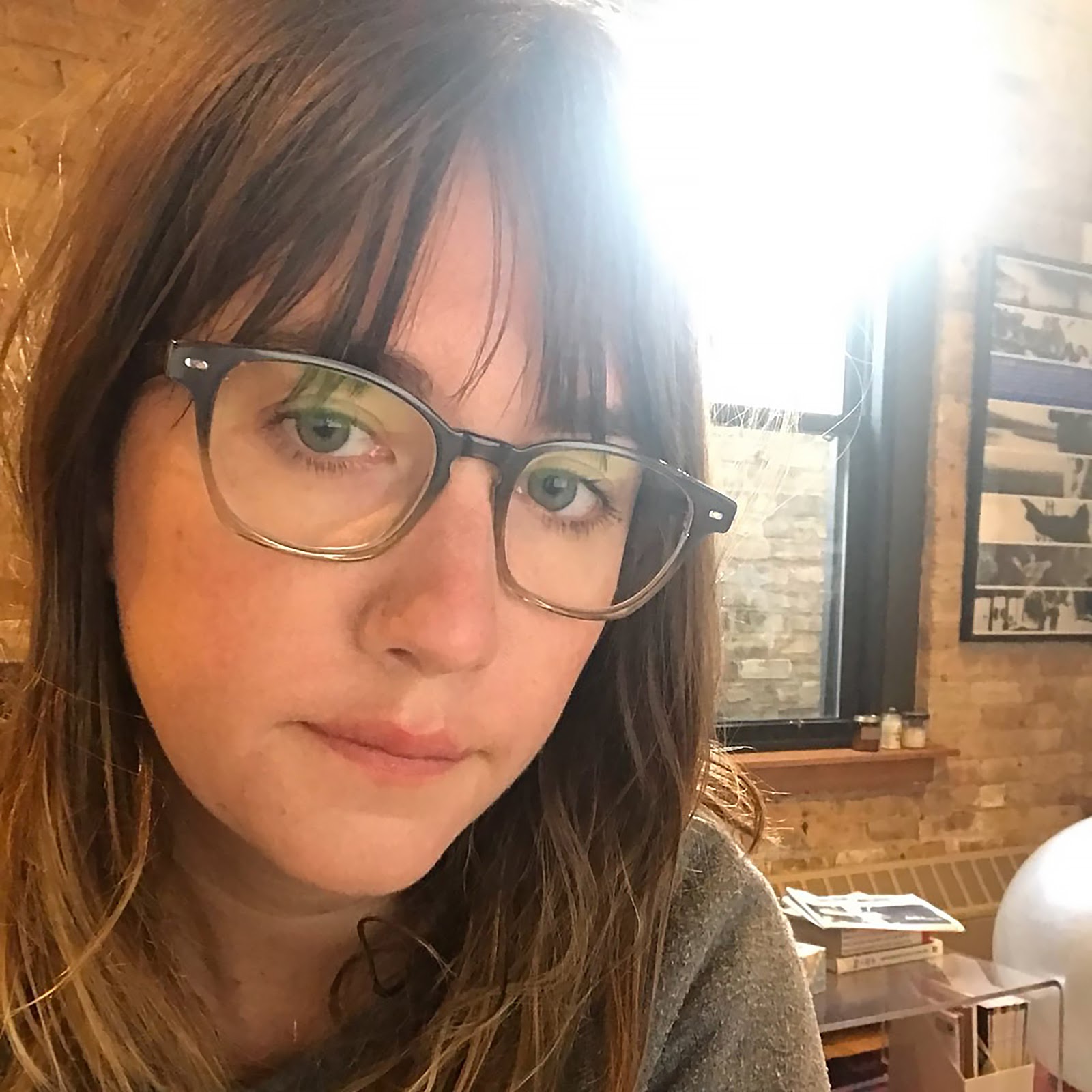
What we found was that by going straight into writing the album, it felt rudderless. You didn’t feel totally grounded in her world, and for a long time, we had that family archival footage live in multiple places, and we kept getting the feedback when we were doing screenings that people really wanted to see that archival closer to the top in order to understand Billie and her family and where she came from.
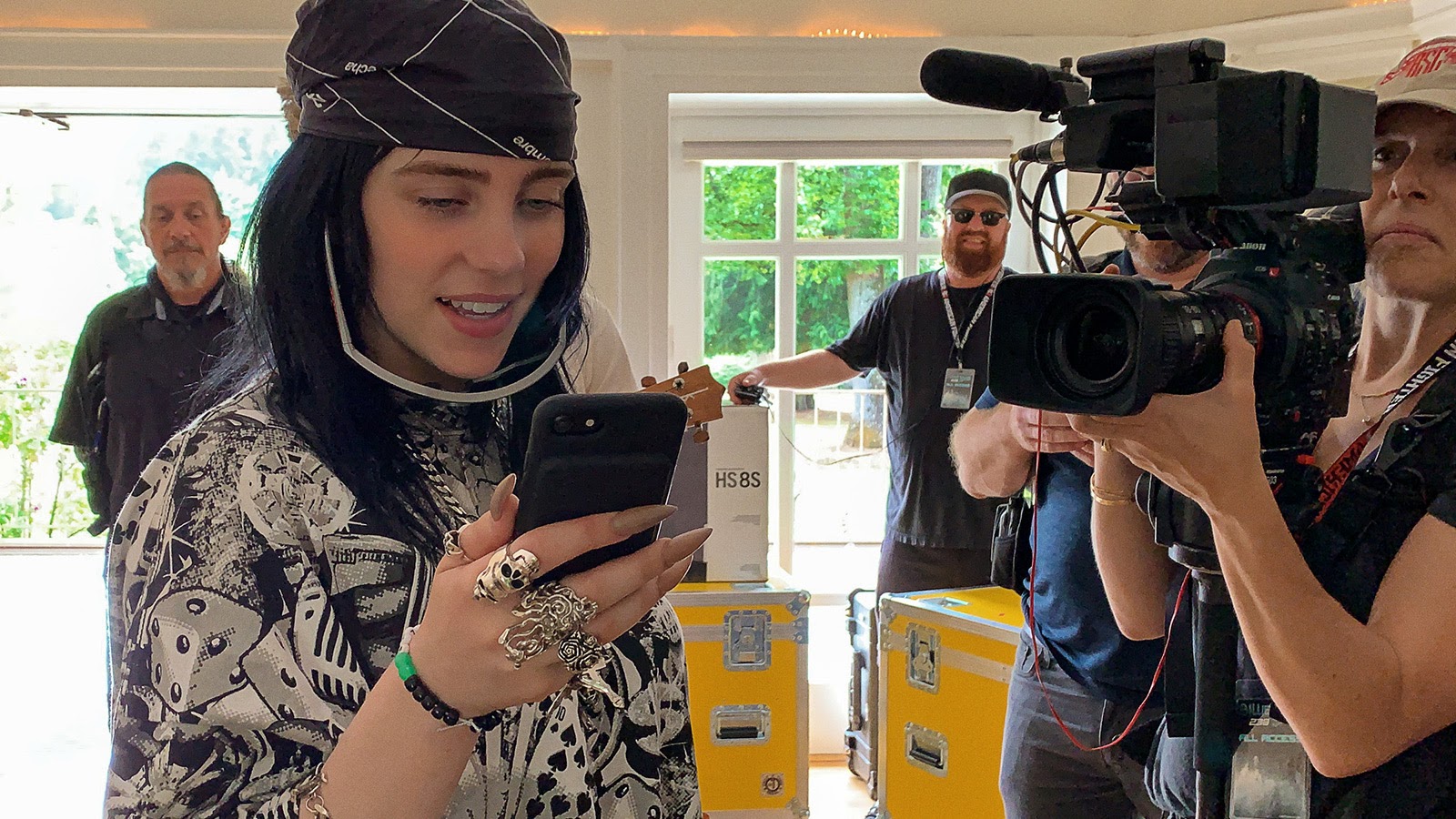
So that interview with her on the tour bus, I found that towards the end of the editing process, and it was just that little bit where she talks about what her fans mean to her and she talks about her family, and she says, her family is just one giant fucking song. It’s such a great line because it says so much about where she comes from and what kind of childhood she had. I was like, this is against all of my instincts to pull an interview into a vérité film at the top of the film but let’s see how it works.
I tried to do it in a way that still felt vérité, but that blended that archival into the topic, anchored you in her world, and gave you a little bit of an understanding of where she came from before you then go to the next vérité scene, which is her and her brother writing, “Bury a Friend.”
Once we put that in there, it’s the film because it helped audiences feel like they could sink their teeth in a little bit more, but it didn’t rob the film of its vérité quality.
It was really trying to do that dance between not making it a show and tell kind of thing, like a biography beat, but more of just a brushstroke of who she was and where she came from before we then launched into the writing of the album.
HULLFISH: I think it’s really important for young documentary editors of any type to understand. There are multiple ways that you started it, and you settled on this after you’d seen the film. I did feel like it set up the love of the fans that she feels like her fans are not just fans, but there’s a relationship.
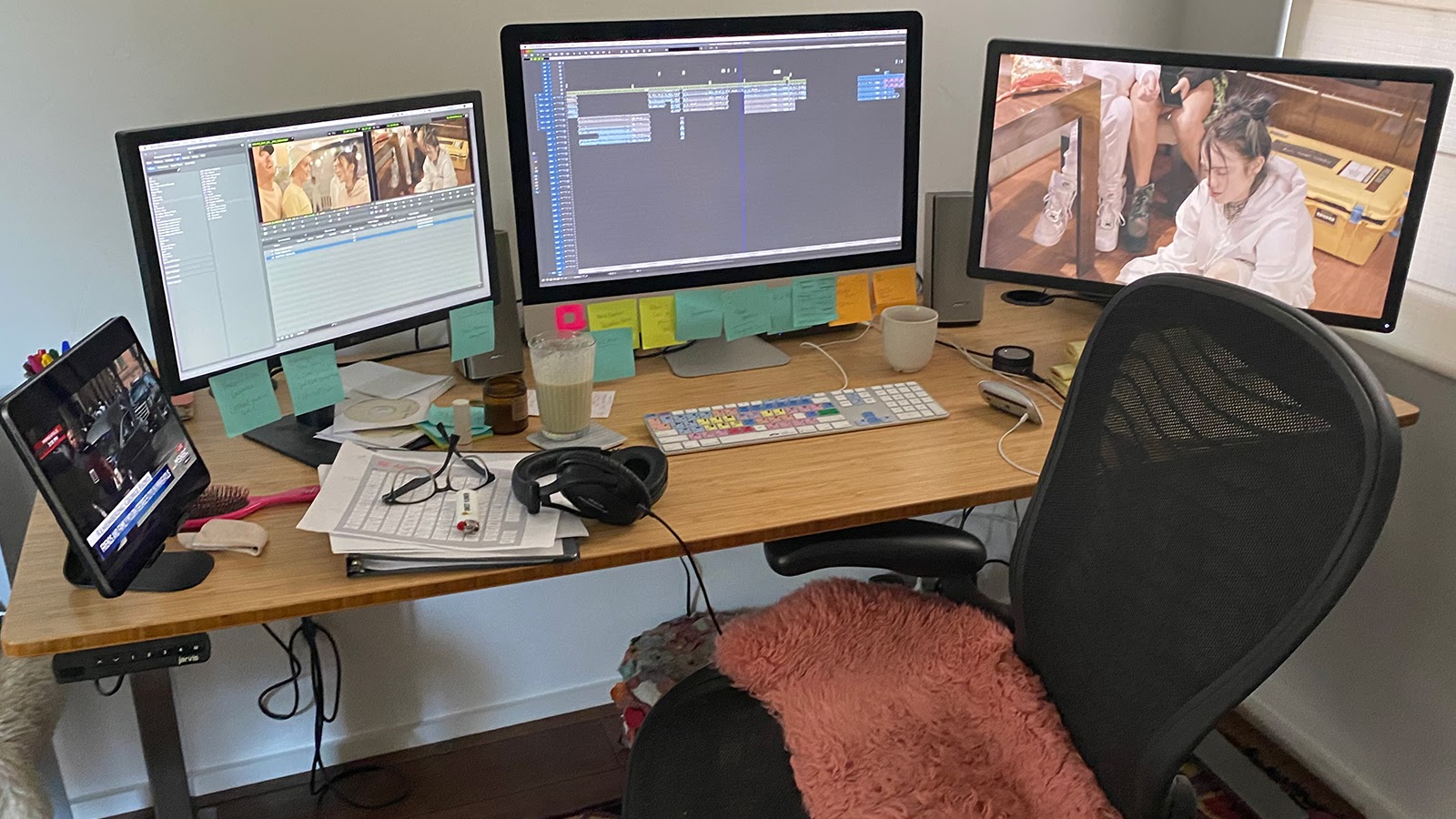
UTZ: The smallest brushstroke of something, if it’s the right ingredient and the right proportion, in the right place in the film, can completely transform how a film plays. For us, it was just putting that little beat of the interview in; even though it wasn’t exactly the style of the film, it was important, and it helped anchor the entire first act.
Ultimately you do what’s best for the film and for the story, and you can’t be too much of a zealot about style in that sense. I think if we had been diehard about it, the film would have suffered. We were willing to weave that interview in, even though it wasn’t exactly the style.
The smallest brushstroke of something, if it’s the right ingredient and the right proportion, in the right place in the film, can completely transform how a film plays.
FINTON: The fact that it is at the beginning where the style hasn’t been fully established yet, prevents it from standing out as much as it would have if it were later in the film. So that is the one place in the film where we can get away with that.
HULLFISH: What were some other ways that the film started prior to that?
FINTON: Most of our openings started with the first show with that performance, and it pulls you in.
UTZ: We had a hard time finding a home for that incredible footage of Finneas and Billie in the garage recording Ocean Eyes and then it playing on KCRW for the first time.
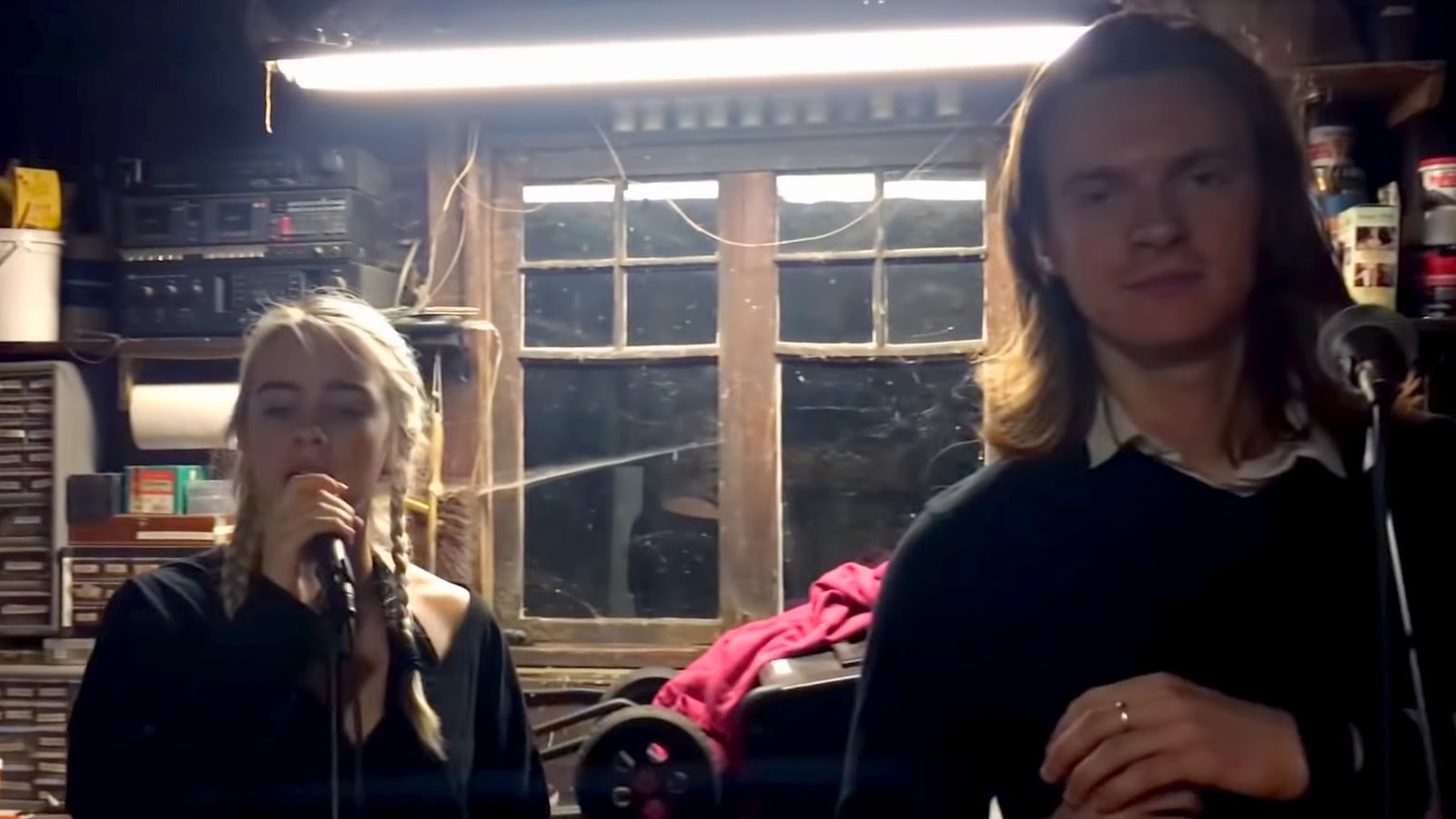
That was just incredible home footage because that’s the moment she appeared on the map as a musician, and it’s just so special, and we couldn’t find a home for it. It lived in lots of different places around the film. Ultimately we felt, what if we book-ended the film and what if we just open in the garage? What if that just lives at the top of the film before we drop you into vérité?
That’s the moment she appeared on the map as a musician and it’s just so special, and we couldn’t find a home for it.
That was the place for it ultimately because we weren’t doing any storytelling where we were queuing an interview and then going back in time and illustrating how she got to be famous and what her first song was so by putting it in the front of the film, it actually plays like vérité because it really is the first stop in the Billie Eilish experience that we’re going to take you on.
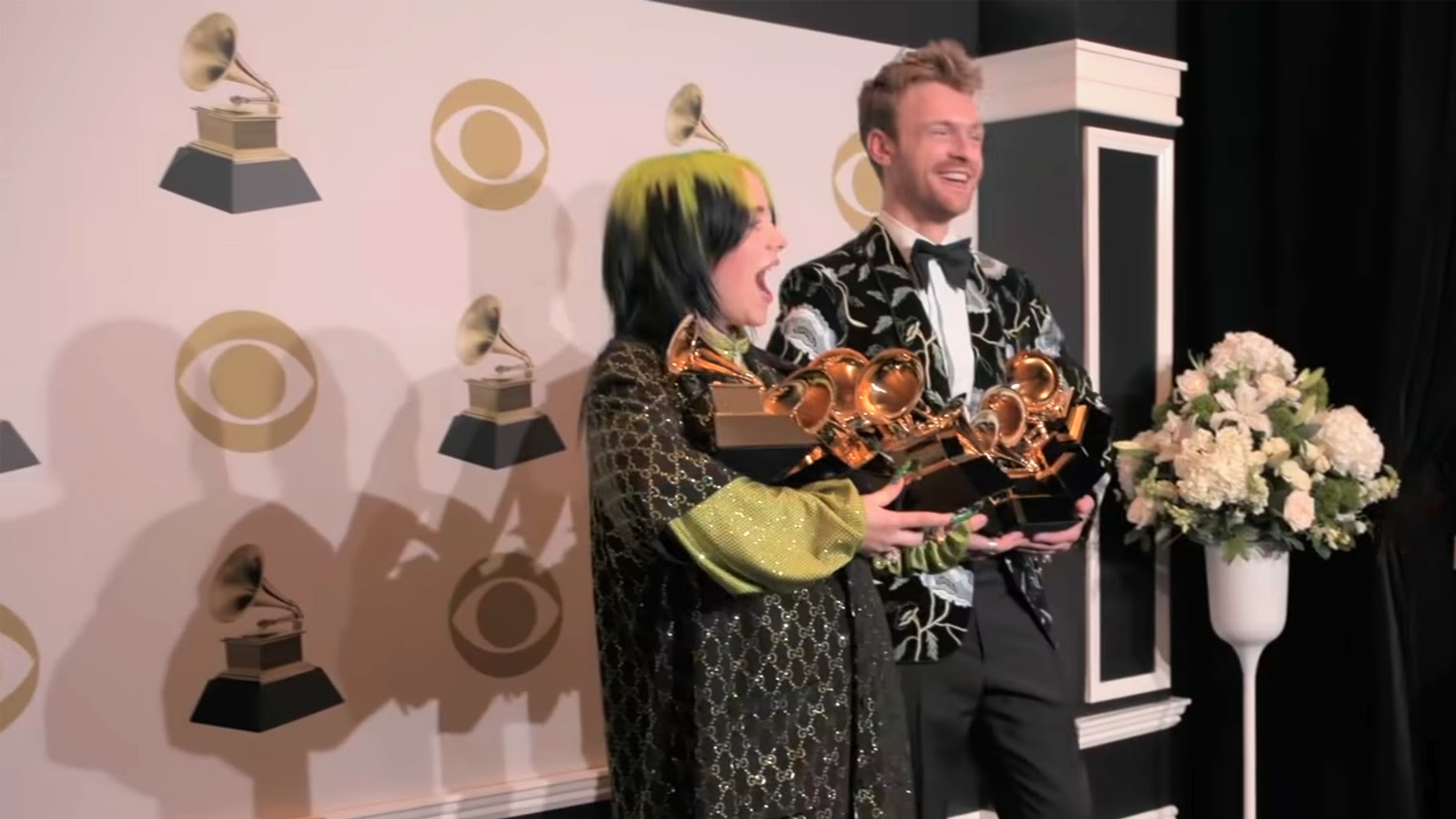
It gave us an opportunity to anchor the audience in that first part of her career that really launched her, but then it still enabled us to drop into the vérité concert the way we wanted to, without having to do like a big biography beat at the top of the film, which none of us wanted to do.
We always said, if you want to know everything there is to know about Billie, go to her Wikipedia page, we’re not making a Wikipedia version of Billie Eilish.
HULLFISH: Greg, you mentioned that Lindsay cut a lot of the open. What was the division of labor on this? How did you collaborate?
FINTON: First off, we had the great advantage of sitting and screening together for about a month. That was just so fantastic to be able to experience it together and laugh together, and it’s going to sound cliche, but even cry together over some of the footage.
HULLFISH: You actually watched the footage together while sitting in the same room. That’s awesome that you didn’t go, “Okay, you go look at the footage, and I’ll go look at the footage, and we’ll figure it out.”
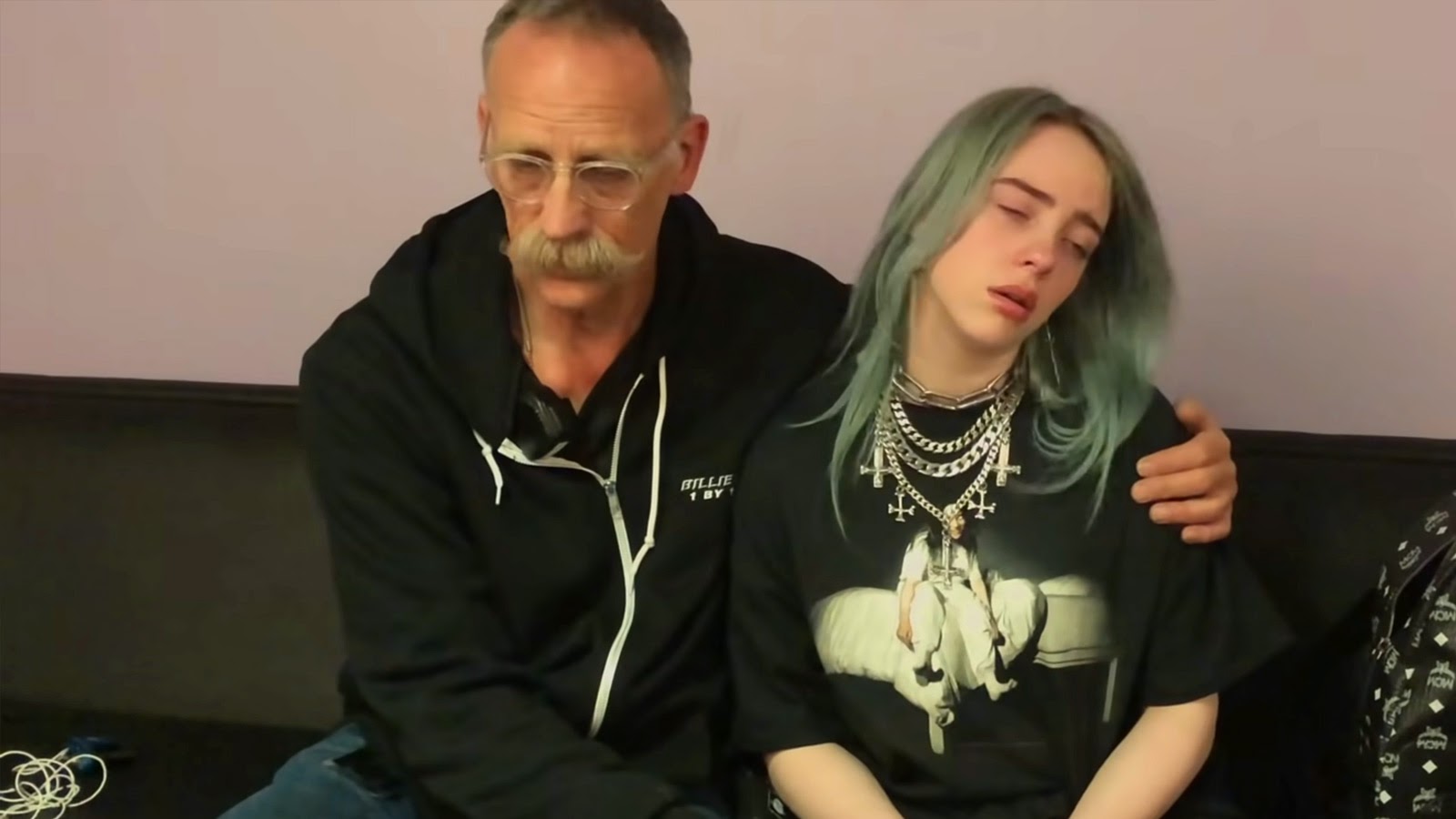
FINTON: We were lucky it was pre-COVID, and we were extremely lucky that we didn’t have to split up the footage and that we got to observe it together and experience it together. I can’t say enough about how important that was for both of us. Obviously, we are going to see things a little differently because Lindsay and I had never worked together before this show. It was also a way that we got to know each other and know each other’s sensibilities. We were discovering that we think a lot alike, and we feel a lot alike even though specific approaches may be slightly different.
I think we’re emotionally and tonally on the same page, we sat, and we talked about story beats, tent pole moments; what are the things that resonated with us? What are the things that have to be in the film? If this film were only 90 minutes, what has to be in this movie? We created a huge board of scenes, and it was very chronological, and we basically just split it, and that’s how we approached that first 24-hour cut.
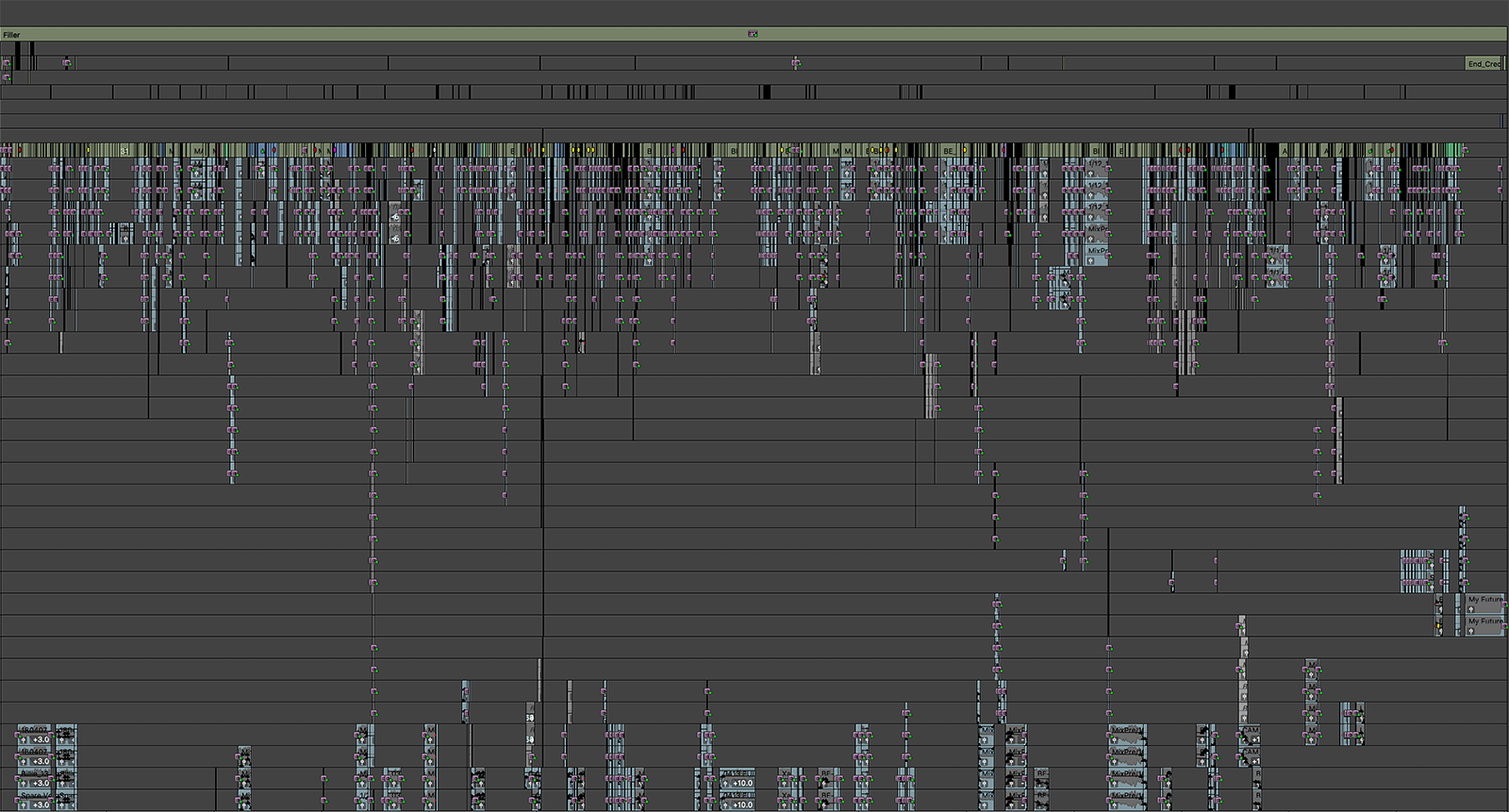
HULLFISH: The first rough cut was 24 hours long?
FINTON: Maybe even a little bit longer. We then added another six hours after that. It took us an entire week to screen the first cut. That was actually the first week of lockdown. On Friday night, we all left, saying, “Okay, see you next week. It’s going to be great.” And then boom. We ended up having to screen in our individual workspaces and zoom every night.
HULLFISH: In terms of the amount of slice of life vérité compared to the recording vérité compared to the on-stage stuff. I thought it was just beautifully parsed out. Did you actually think we’ve been in a concert too long? Have we been watching the family too long? Was that a consideration?
FINTON: I’d say yes, always. The big consideration was pacing and not have two or three scenes that were very similar next to each other. We wanted to try to mix it up because that reflected her actual life a little bit better. At that time, she was going from a concert to learning how to drive with her parents, being scolded for getting too close to other cars, and then being in charge of a giant show and having to play in front of a hundred thousand people. That was her life.
I think that not only were we conscious of trying to mix up that bag a bit, but I think it was much truer to what was really happening.
UTZ: We always said you couldn’t understand Billie Eilish without understanding her music and understanding her connection with her fans. We always saw the concert material as an extension of the story, not as a detour into concert land, or like we’re pausing the movie and taking you into a concert now.
We always wanted the concerts to feel like they were growing out of the story and then growing back into the story and that they were expanding your understanding of her world and who she was. The performances were so beautiful and rich; it was just so clear to us early on that this film had to weave those elements in a way that felt really organic.
Finding that balance between vérité versus concert versus recording, as you said, that’s just trial and error. You have cuts where there’s too much concert, or you have cuts where there’s not enough music, and you feel like you’re missing something. That’s just playing with proportion from cut to cut and then getting it to a place where it feels right.
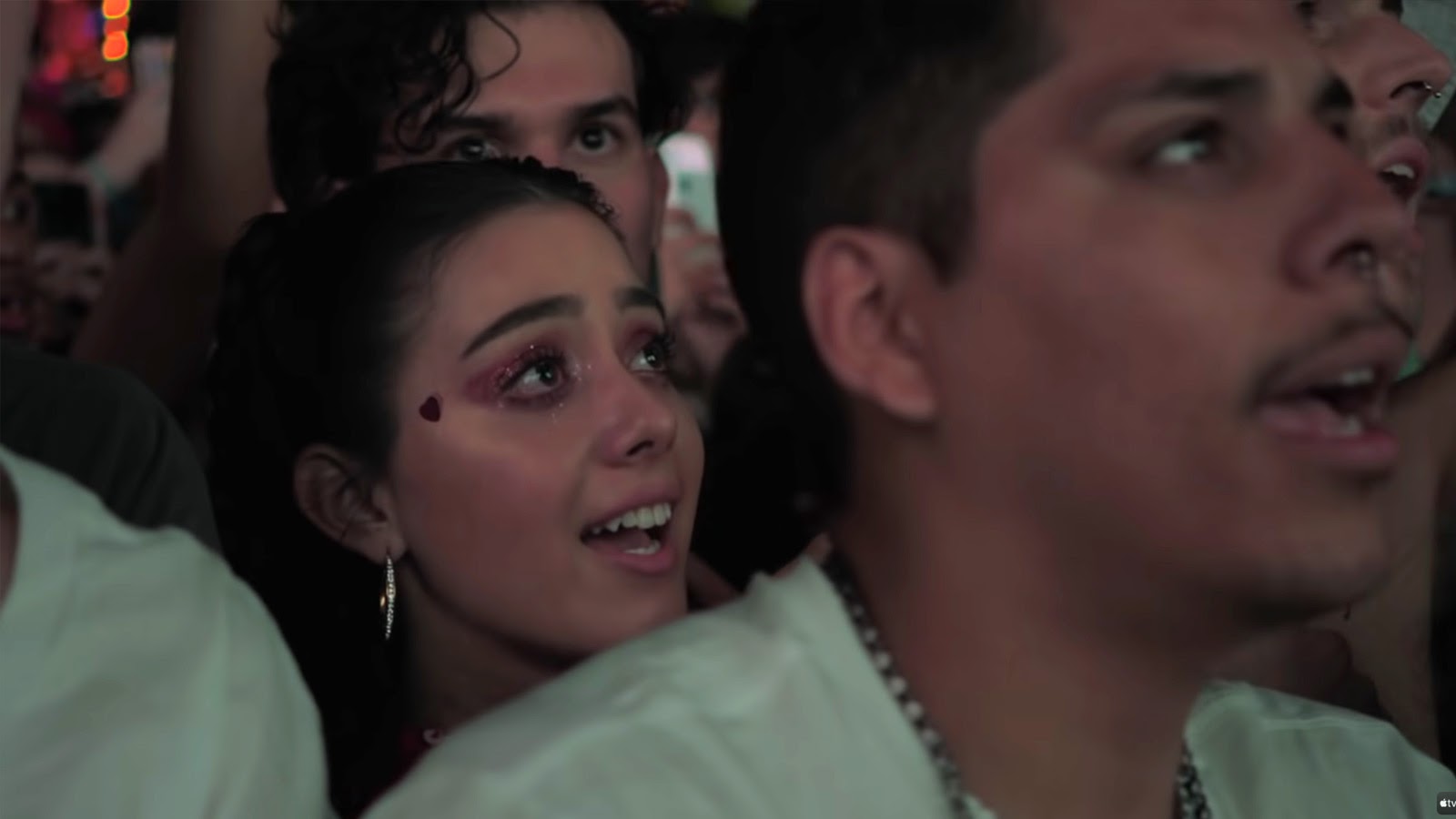
At one point, we had a 45-minute concert in the middle of the film, and that was left in for a long time. So as we were screening these rough cuts, we were like, “Here we go. Here’s the 45-minute concert in the middle of the film.” And the truth is it was really hard to decide what songs to put where. It was just hard to let go of things, and it took a long time for us to figure out what songs worked best where. You don’t want to feel like you’re losing the spread of the story, so it’s all just a dance up until the very end.
HULLFISH: Did the songs influence the parts of the stories that were around it, or was it the other way around?
FINTON: I think it was always driven by story. I can’t think of an instance where it was the other way around.
We’d always said from the beginning that her music and her art are a reflection of her life. Certainly, when we found the right song, we knew it; we knew when a song was right. We also knew when a song wasn’t right. It was pretty clear that this song is right for this spot, and this is probably the feeling she felt when she wrote this song.
UTZ: I think it was important that the song was not a literal extension of the story because then it would feel too on the nose. It was more about tone and what we wanted to convey to the audience. That part about going on tour and then her playing Listen, Before I Go, we actually had put a different song in there, and we were at the mix, and RJ and I looked at each other and realized that we had made a grave mistake by taking out, Listen and putting in this other song, so we actually opened the edit back up much to the chagrin of our producer, who did not want to deal with the aftermath of that.
We just felt like we had made the wrong decision at the last minute to add a different song. It was amazing to me how we just knew in our bones what songs needed to be where; we had to bring that one back in because we realized it was the right move, to begin with, and we had made a mistake by taking it out.
HULLFISH: I felt like there was a really nice balance between the tones of the film. Can you talk about making those transitions or deciding when you’ve been in a certain mood long enough?
FINTON: We would find when we put two or three really exciting high-energy scenes together, they would flatten out. Obviously, if we had two or three heavy dramatic scenes together, you just weren’t feeling them the way we wanted them to be felt. With documentary filmmaking, maybe more than scripted narrative filmmaking, it’s important to constantly be dancing with that balance. It’s what Jimmy Page used to call “light and shade,” the more ruckus dramatic moments and the quieter moment. Once again, just like with the music, we knew when it was not working.
And we knew when it was working on that end.
HULLFISH: Tell me about the decision to add an intermission.
FINTON: There was probably a 12-month debate, I would say. I certainly was not in favor of it in the beginning, but I came around toward the end. The fact that it’s in there demonstrates how we got away with making a very old-school, old-style documentary about this modern teenage pop star.
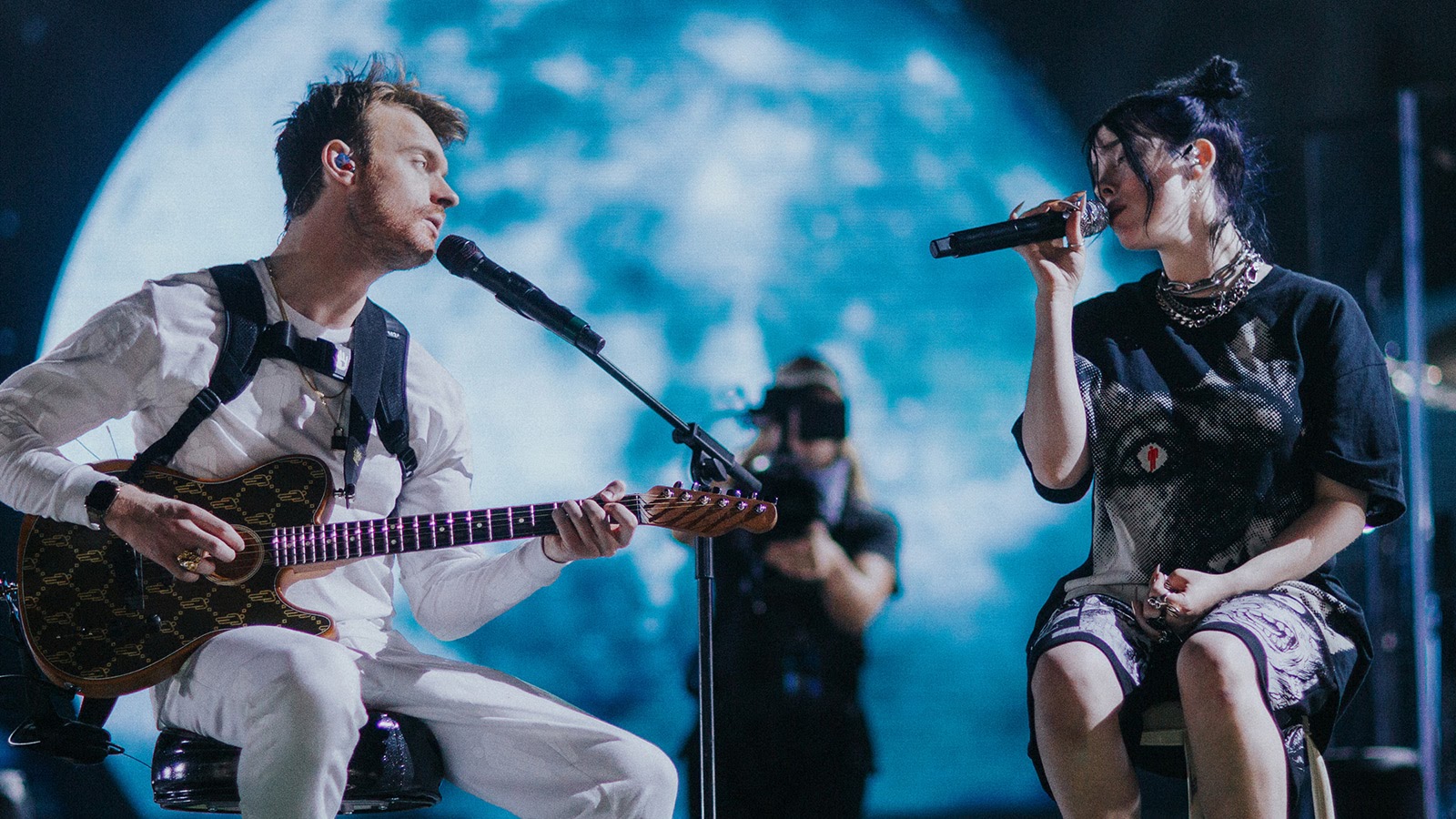
UTZ: It serves a function; there is such a drama to that night when she performs at Coachella and her despair after the show, both because she thought she gave a bad performance and because her boyfriend’s an asshole. You needed to be in that moment with her in that dramatic way and feel what she was feeling. You needed a breath after that. It was really hard to then go the next day to meeting Justin Bieber, and everything turns around.
We tried so many things to transition that night after her performance to the next day at Coachella, and nothing worked. We couldn’t emotionally get the audience there, and we realized maybe we should go back to having the intermission since it was really serving a function. A lot of people are watching this at home and, for a long movie like this, it does give you a chance to go to the bathroom and to take a break, but it also really helped us story-wise because it felt from that point on the movie takes a kind of turn, and we needed the audience to have a minute to take a breath.
FINTON: We couldn’t have gotten away with the big dramatic build that we do after the Coachella show to that moment of the hug with Finneas in the hotel room without the intermission.
We just played with having it creep in and then take over as you’re watching her quietly leave the venue.
HULLFISH: I noticed that there was no music. You’re just in her space, quietly realizing her pain. It must’ve been a difficult decision of when the exact moment was when you started the music to segue into the intermission.
UTZ: That was a dramatic music choice. It was the instrumental of “Xanny,” which is a very dramatic instrumental. It’s a very big piece of music, and we just played with having it creep in and then take over as you’re watching her quietly leave the venue. You can feel her pain, and it was a wild music choice. You would think you’d have a soft, sad drone here, but instead, we wanted something loud and bold that felt like drama that was playing out in her own head. It somehow worked to have those quiet images with this loud piece of music, and it has just a strong finish that kind of concludes the first part of the film.
HULLFISH: There’s a great moment that I loved in the film where Billie drives away for the first time on her own in her own car, and you stick with her dad, and he talks for a while. Was there a discussion about how it pulled the story away from her?
FINTON: It was one of the early scenes that Lindsay and I had watched together and we were just both so blown away by that whole moment. That was one of the scenes that were always going to be in the film, no matter how long the film was going to be. What music doc are you ever going to see a scene like that in? Billie is very much like her father, and Finneas is very much like Maggie, their mother. I think that Patrick speaking like that at that moment is maybe what Billie’s going to say when her child drives away and has her driver’s license for the first time.
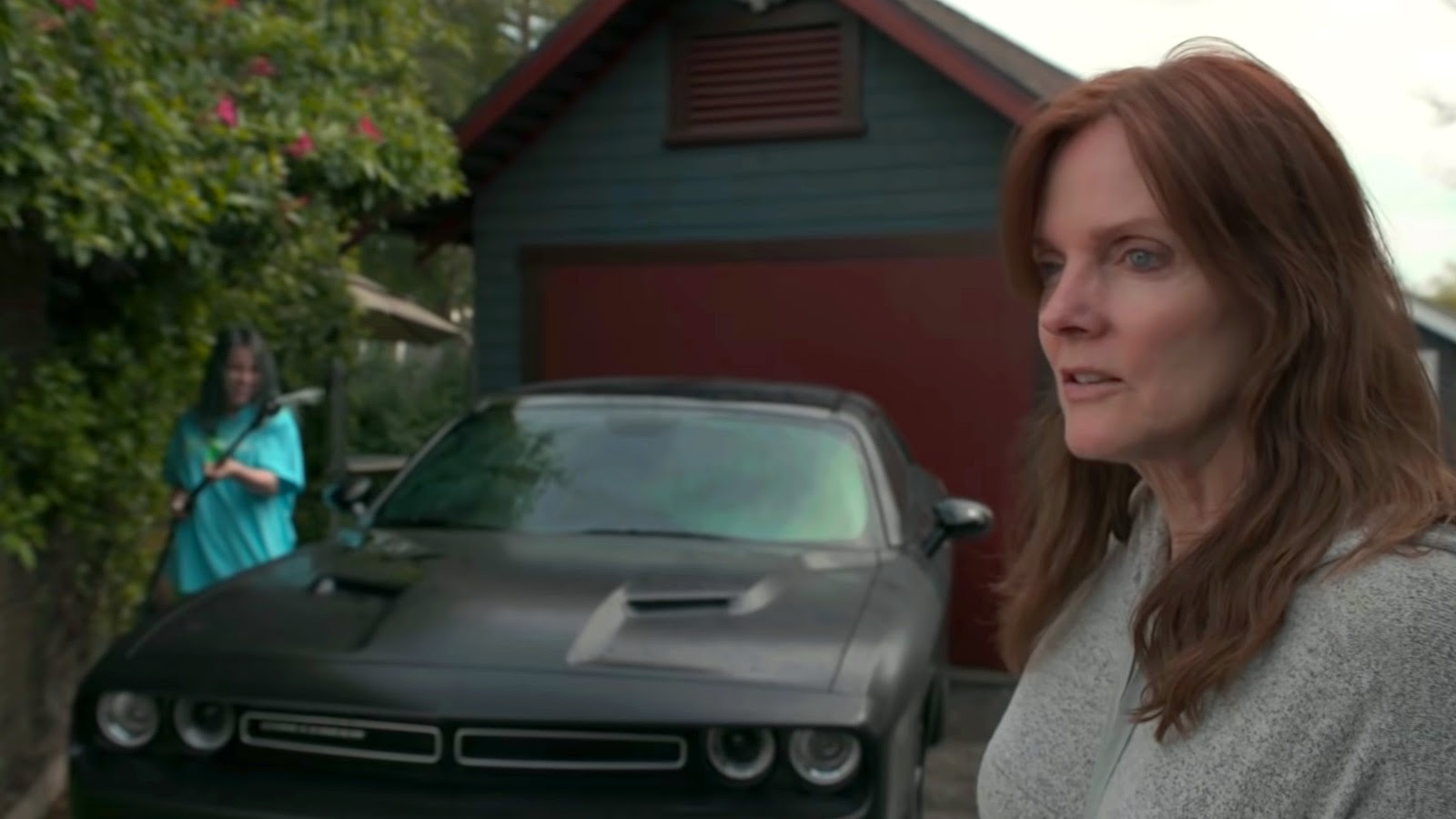
HULLFISH: Another section which I love the structure of because it could have gone a totally different way is the whole Grammy montage of winning multiple Grammys, but not just staying in that moment.
UTZ: We had a cut where you watched her win all the Grammys, but it felt like you were queuing up a montage of her winning Grammys. It didn’t feel like innovative filmmaking. We were like; we can’t do this. And then Greg had the brilliant idea of building it into all these moments of her life.
FINTON: I think that’s not something that Billie would want her life had built up to at that point, either, for lack of a better word, it felt a little bit obnoxious or something, and she would not want that. For anyone who watched the Grammys that night, you saw she was embarrassed; she literally mouthed before the last award, ” not me.” She always wants to share the spotlight. It’s really all of these moments in her life that are coming together. Once we had the idea to do it, it’s the obvious way to do this. All those ingredients and all those moments just coming together really felt right. And I think it just really worked.
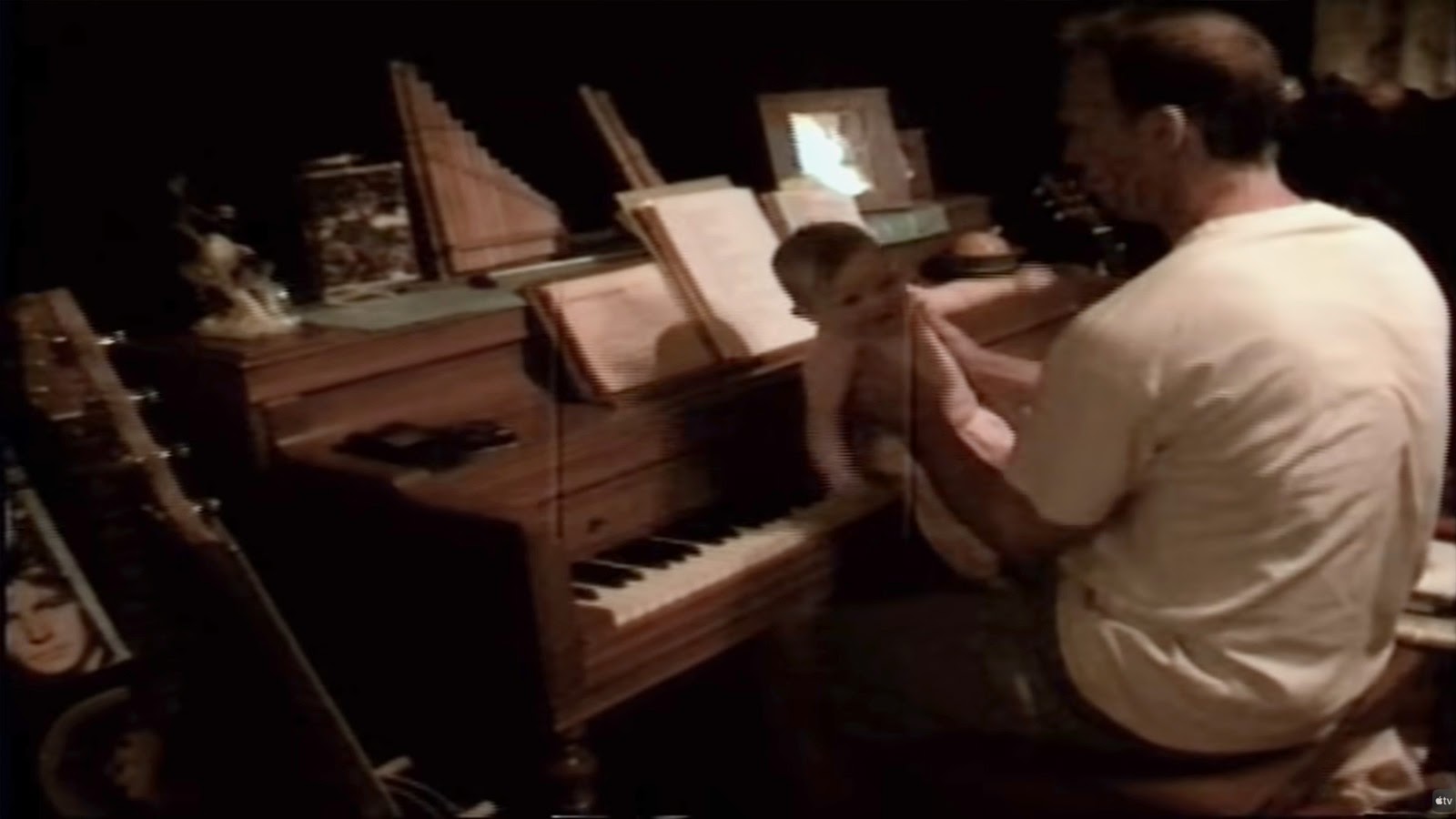
UTZ: We wanted to see her turn 18. We wanted to see her recover from her leg injury. There are all these things visually that help buoy that Grammy sequence. Like Greg said, the culmination of all storylines that we had set in motion. I think it does a beautiful job of really cueing up the Justin Bieber phone call at the end.
Billie Eilish: #TheWorldsALittleBlurry
— billie eilish (@billieeilish) March 6, 2021
Watch the critically acclaimed film on @appletv now https://t.co/uZsRfQzUkn pic.twitter.com/QmeZ5Xvh9J
FINTON: What had inspired me to do that was the scene in the car that launches that montage. If you list off all the things that are now good in her life, this is what the film has really built to at that point. The film has reached its conclusion already. This just needed to embody that.
HULLFISH: Thank you so much for being on “Art of the Cut” and for talking with me today.

